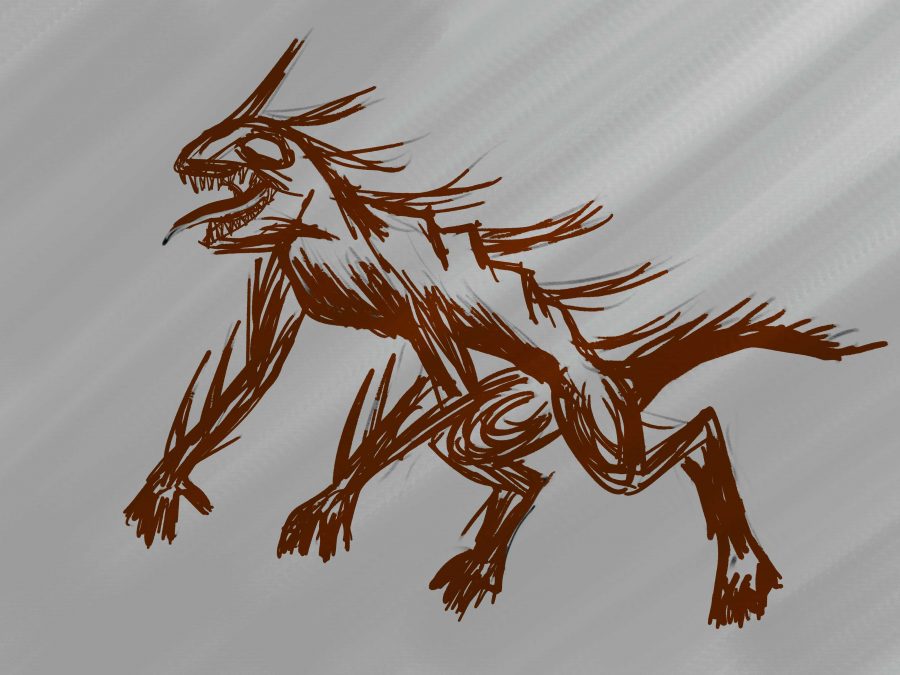This week on Cryptid of the Week, we’ll be going over the legendary Puerto Rican vampire, the Mexican blood drinker, the terror of livestock: the chupacabra.
Last week, we explored lake-dwelling reptiles such as Nessie and the Bear Lake Monster. If you would like the read all of the Cryptid of the Week stories, you can find all of them on my profile.
Let’s get into it. The chupacabra, literally translated from Spanish as “goat sucker,” is a blood-sucking dog-like being that has long spikes running down its back. It’s described as having exposed claws and stringy patches of long hair on its leathery gray skin. Some say that it has attributes of certain reptilians. Standing as high as four feet, the chupacabra hops around like a kangaroo, likely grabbing onto its prey and biting into their flesh.
El Chupacabra first appeared in Puerto Rico in the mid-1990s, but similar sightings suggest that it may have been seen as early as the 50s, and likely even before that. Eight sheep were found dead, puncture wounds in their chests and every drop of blood drained from their bodies. The damage proceeded with other livestock, chickens, goats and in one instance, a few cats.
In the beginning, locals thought it might be a satanic cult killing the poor animals in need to appease a hungry god. (Or just regular old Beelzebub, who knows). However, the fact that the animals were completely drained of blood and left like husks ruled out that possibility. No human could pull off that feat. Soon, reports of the beast came up, giving a face to the name.
After a short hiatus, the creature soon reappeared in central Mexico and into the base of Texas. Goat Sucker’s reign of terror eventually came to an end — only a handful of attacks have happened within the last decade or so, all of which were blamed on the chupacabra, but were explained away by more reasonable means, like coyotes or bears.
The most well-known and likely explanation for the Goat Sucker is mange, a mammalian skin disease caused by itch mites. Found on almost all animals, mange — also known as scabies — is characterized by thick, graying skin, patchy hair, frequent scratching of skin and added infections. If you’ve seen dogs with sarcoptic mange, that sounds a lot like our good ol’ pal chupacabra.
El Chupacabra doesn’t come up that often modern media, unlike the urban legends we’ve gone over before. Other than a handful of documentaries, there’s an episode of “Monster Quest” that does go over the history of the farmyard vampire.
To me, chupacabra is like a cryptid side dish. It’s not extremely popular and is reasonably explained away, but don’t count it out — it’s still a cool little critter to know about.
#MakeCryptidsCoolAgain


